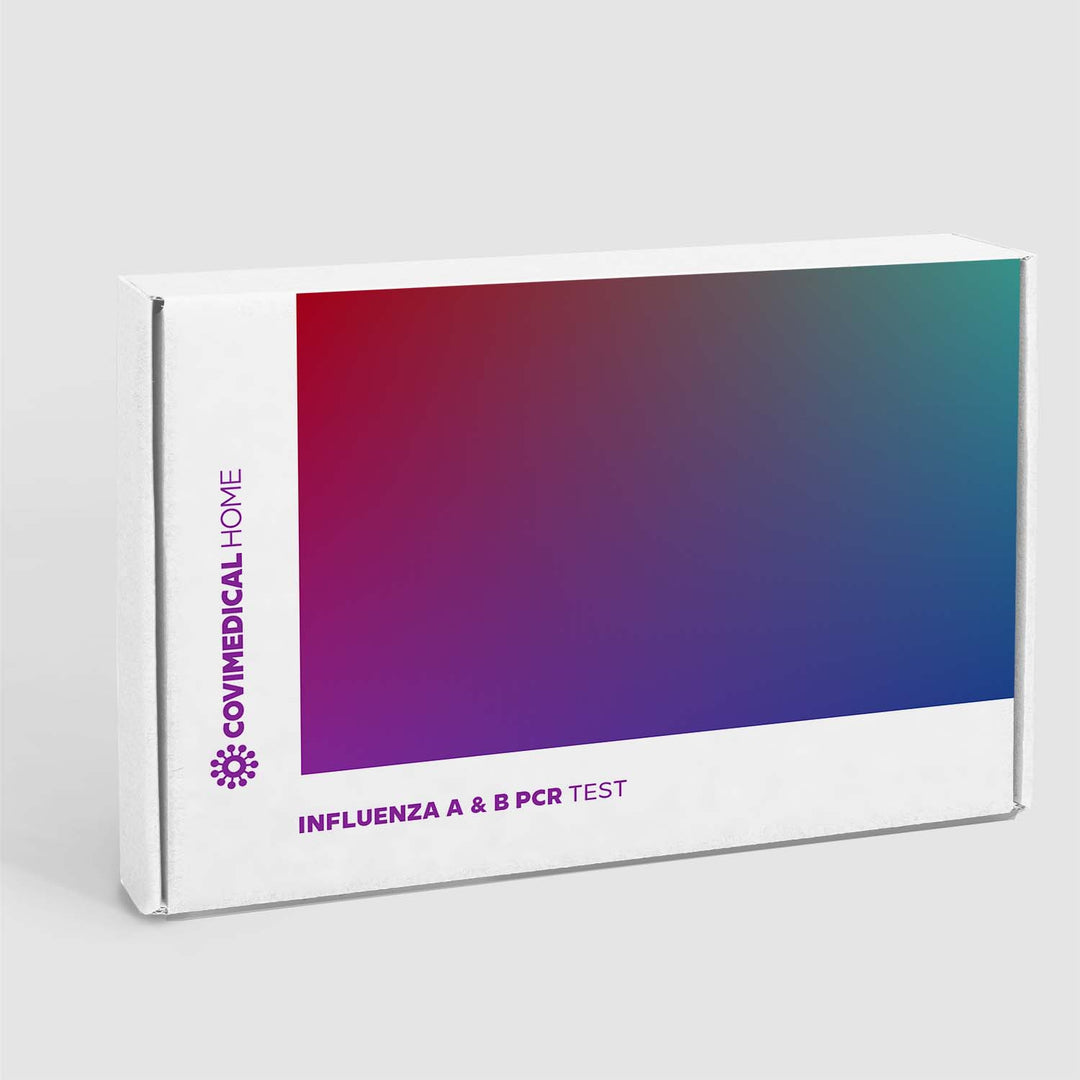When the kids get it - what parents should know about the flu in children
In the autumn and winter months, children are particularly susceptible to respiratory infections such as colds, coughs, and influenza (the real flu). Parents are put to the test during this time.
Distinguishing between the flu and a cold is already a challenge. However, caution is also advised in the medicinal treatment of childhood flu.
How parents can correctly recognize the flu in children
Colds in children are often caused by various viruses, including rhinoviruses. There are more than 200 different cold viruses that are transmitted through speaking, sneezing, or touching surfaces. However, a real flu (influenza) can also occur, caused by influenza viruses.
Influenza viruses are highly contagious and are transmitted through droplets when speaking, coughing, and sneezing. Infection occurs by inhaling the viruses or direct contact through hands that transfer the viruses to mucous membranes.
Flu vs. Cold – what's the difference in children
The distinction between a cold and the flu is made based on symptoms. The flu manifests with sudden, severe symptoms and a strong feeling of illness, while a cold develops gradually and is milder.
Typical symptoms of the flu include sudden fever, dry cough, muscle and joint pain, and a strong feeling of illness. In children, nausea, vomiting, hoarseness, and coughing, even progressing to croup symptoms, may occur.
A strong immune system in children is the best defense.




















